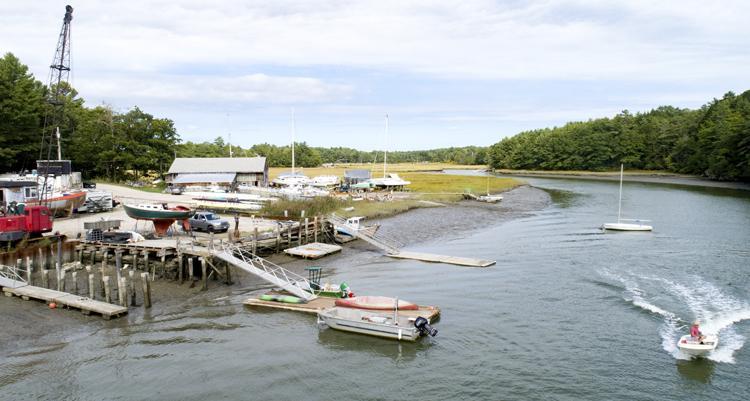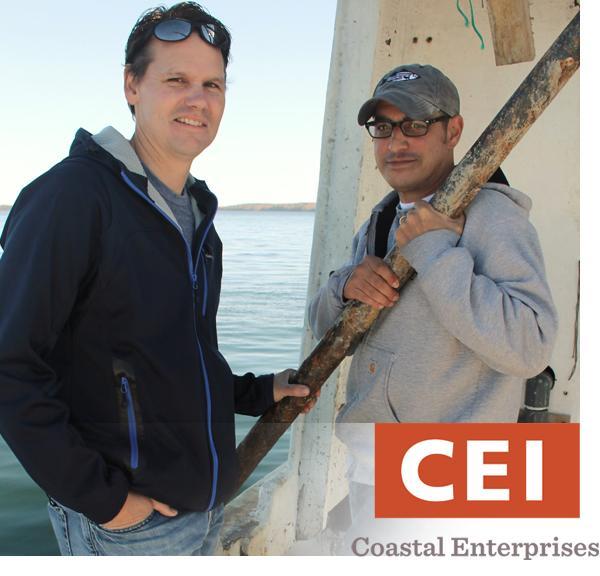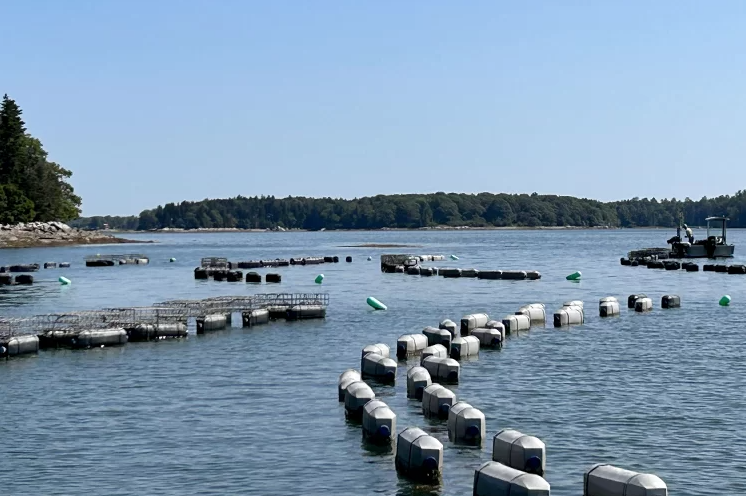Bringing Climate Resilience to Maine’s Blue Economy
Adapting to and combating climate change through Aquaculture investment
by Hugh Cowperthwaite and Nick Branchina, Coastal Enterprises, Inc (CEI)
Maine, with nearly 3,400 miles of coastline and over 2,000 coastal islands, is inextricably tied to the sea. The Gulf of Maine has long supplied Mainers with both livelihoods and food but is one of the fastest warming bodies of water on the globe, with the average temperature rising by four degrees Fahrenheit over last four decades.
At three and a half times faster than the global average, the change is enough to materially affect people’s dinner plates and paychecks. And it’s not just the changing climate: Maine’s working waterfront is seemingly being squeezed on all sides, with high costs for bait and fuel, loss of working waterfront access to development, ongoing uncertainty regarding regulatory demands for ropeless gear, and worries about the impact of offshore wind on already vulnerable fisheries.
The overall annual impact of Maine’s fisheries (or Maine’s “Blue Economy”) is an estimated $3.2 billion and 33,300 jobs. That’s economic input and jobs Maine can’t afford to lose – particularly in Downeast Maine, where the sector accounts for 45% of all direct jobs.
For Coastal Enterprises, Inc. (CEI), a community development financial institution (CDFI) based in Brunswick, Maine, investing in aquaculture supports community economic development by diversifying income streams along the rural coastline. It builds climate resilience while helping to ensure that families that have worked Maine’s waters for generations can have opportunities to do so for generations to come, while also welcoming a new crop of sea farmers to the coast.
Read the full article and check out the Love Point Oysters video as well all at- https://greenmoney.com/aquaculture-bringing-climate-resilience-to-maines-blue-economy
======




